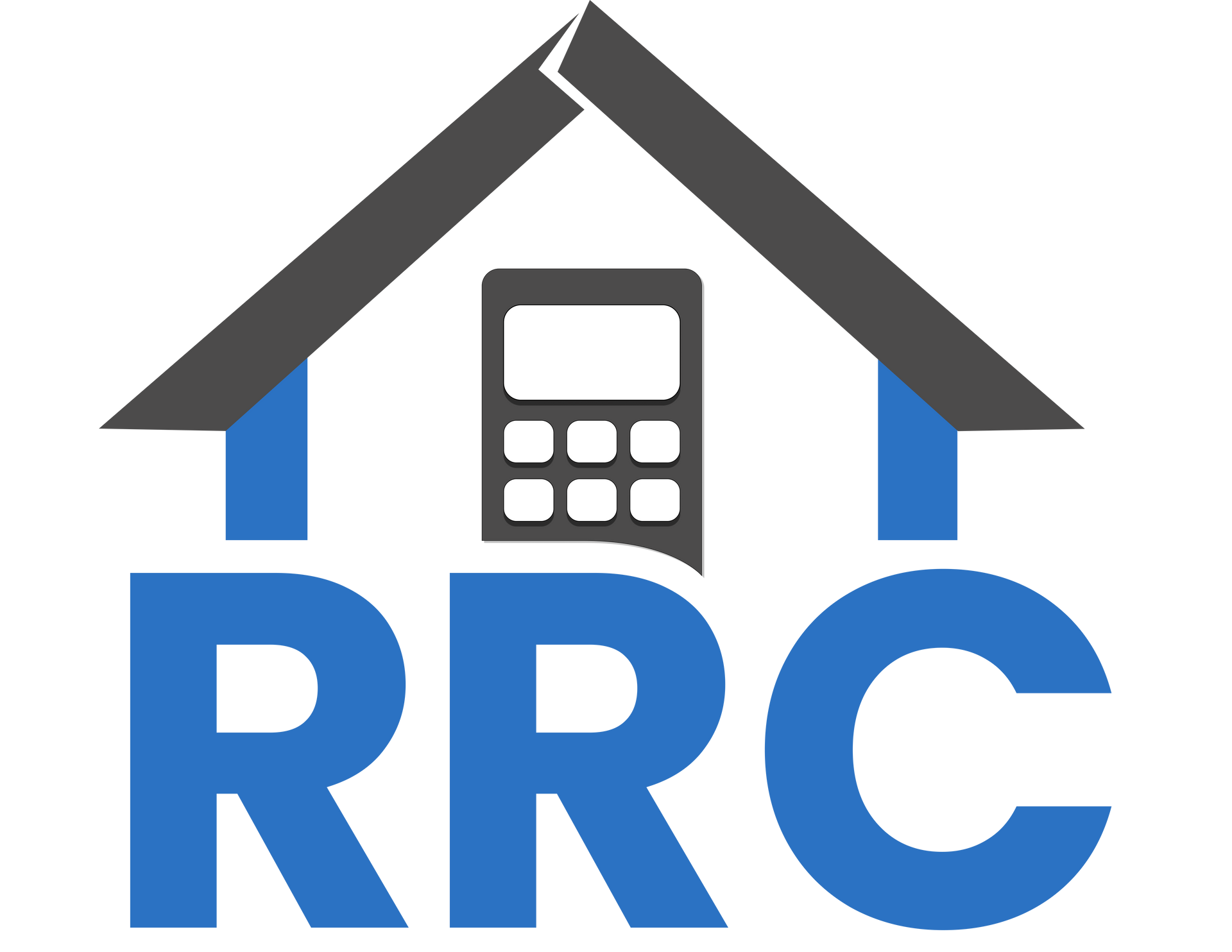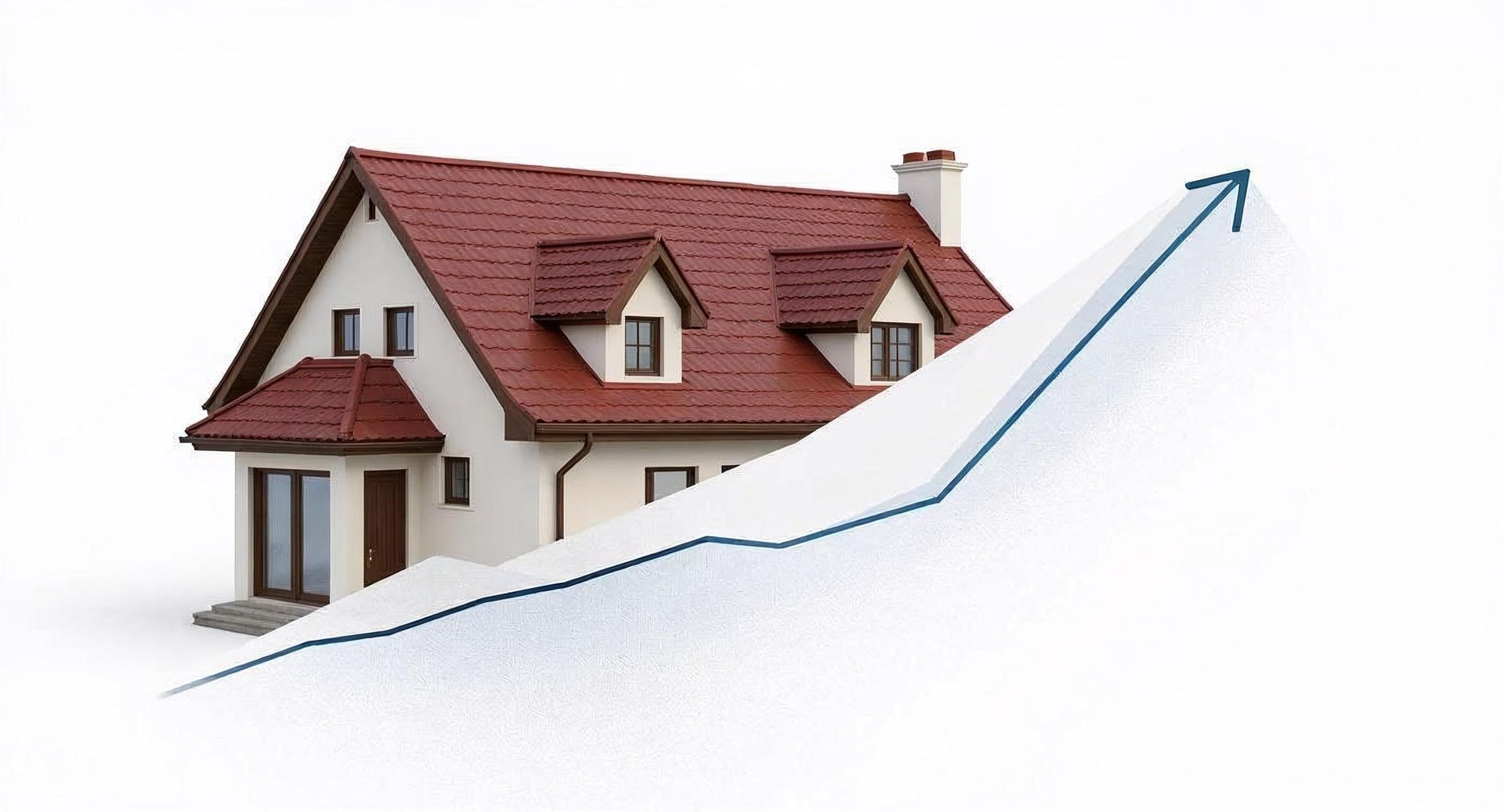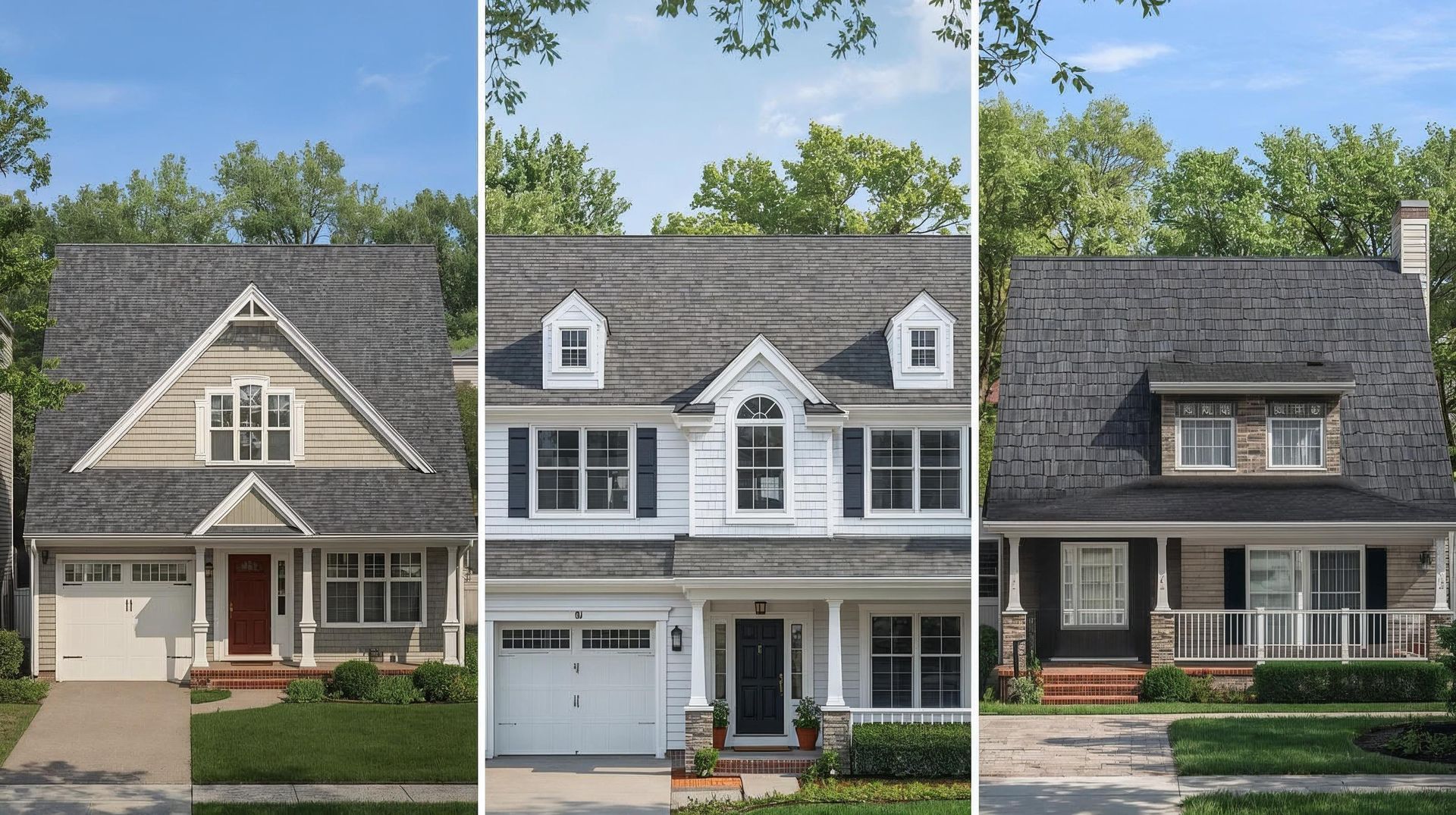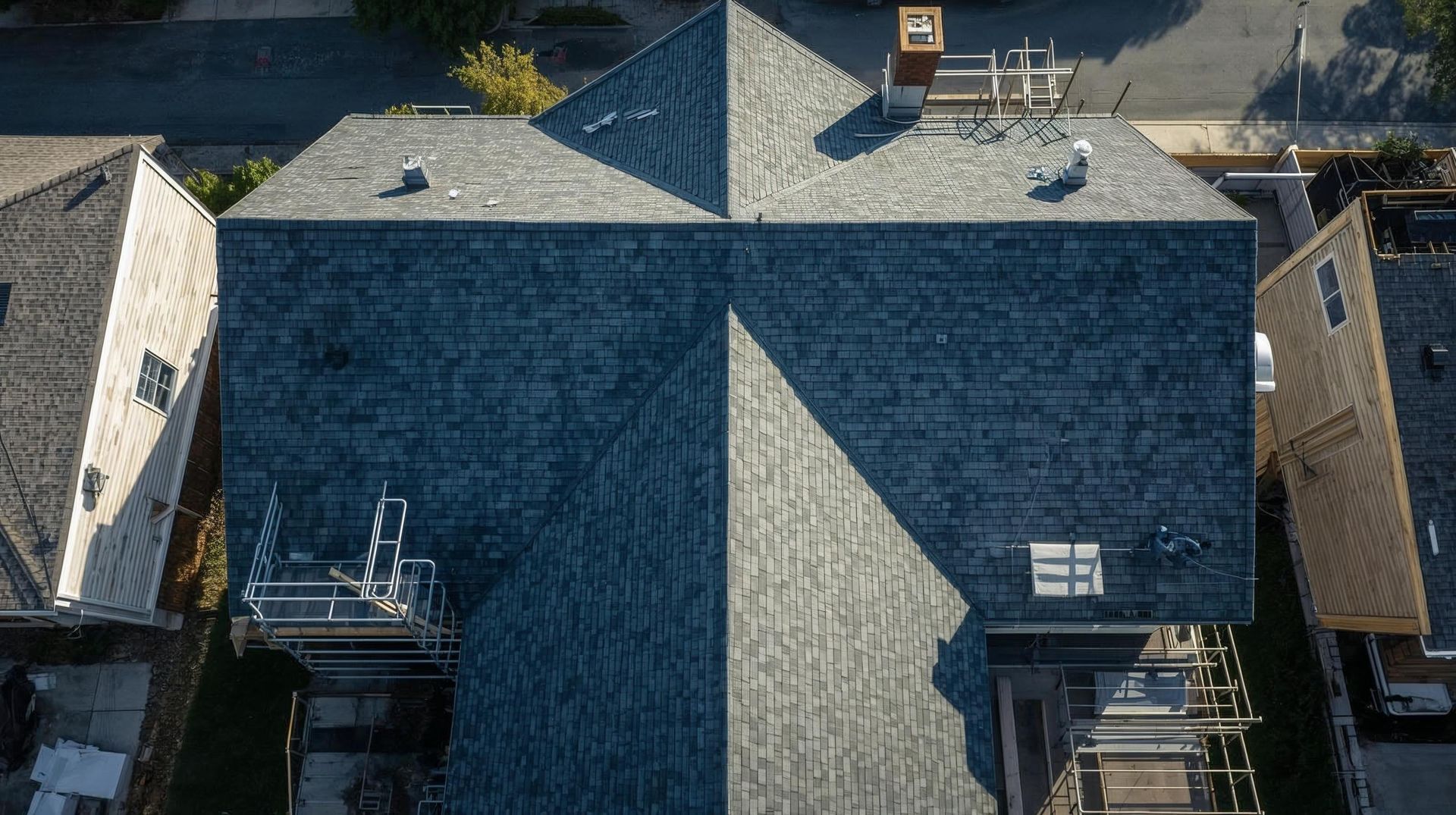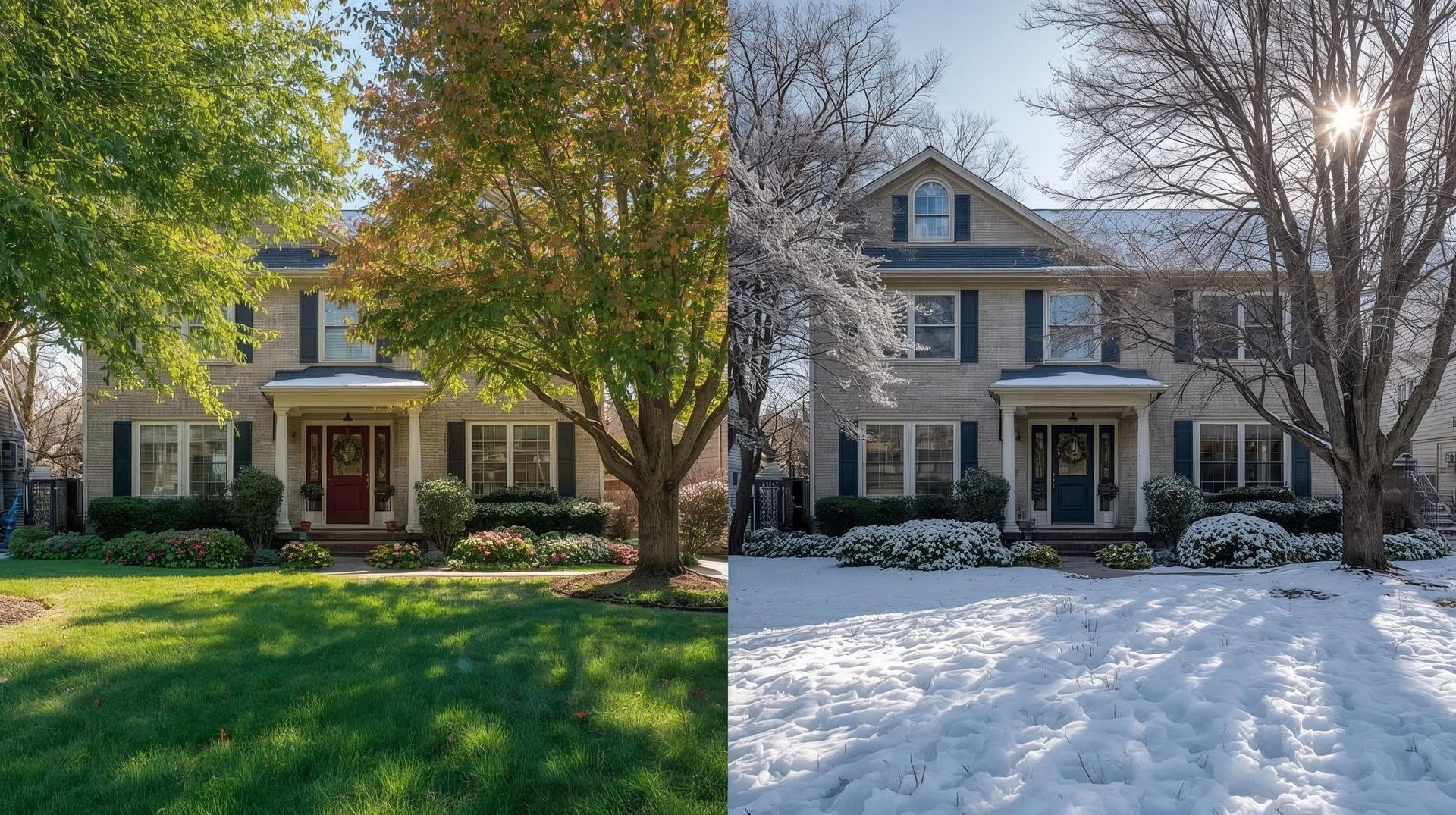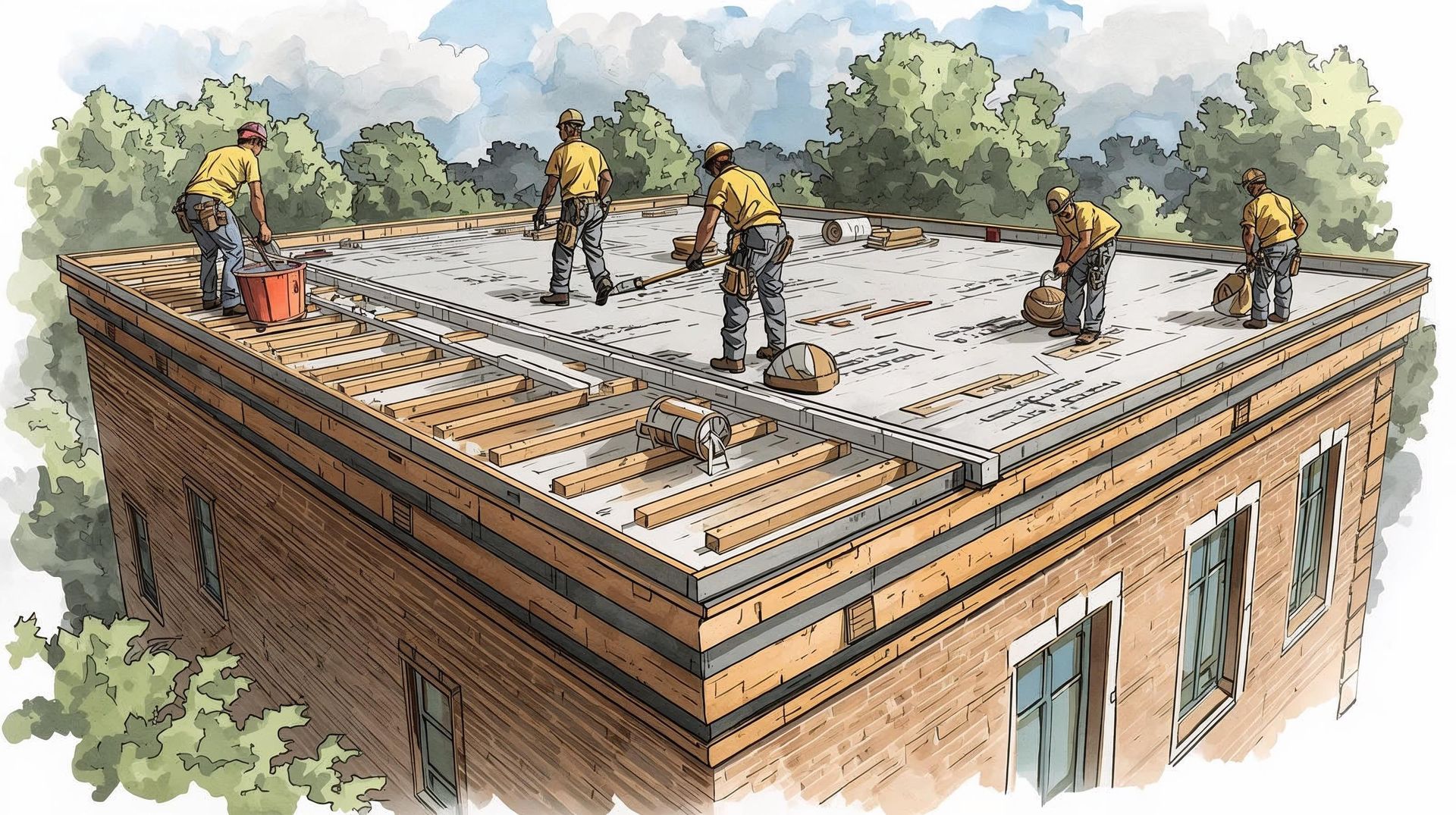What Is the Cheapest Roof Replacement Option? A Homeowner’s Guide to Budgeting
Key Takeaways
- Asphalt shingles are the cheapest roof replacement option upfront, especially basic 3-tab shingles, but architectural shingles offer better long-term value for most homeowners.
- Metal roofing costs more initially but can be more cost effective over time due to longevity and lower maintenance needs, making it worth considering for long-term homeowners.
- Understanding per square foot versus per square pricing helps you compare quotes accurately, with most roofing contractors quoting in "squares" of 100 square feet.
- Local building codes, roof size, and roof complexity drive total cost more than homeowners expect, so budget for contingencies beyond basic material costs.
- Getting multiple bids from reputable roofing contractors, choosing in-stock materials, and timing projects during off-peak seasons are proven ways to save money without sacrificing quality.
Start with our free roof replacement cost calculator to get instant estimates for different materials and roof sizes, then connect with certified roofing contractors in your area.
Understanding the Cheapest Roof Replacement: Complete Homeowner Guide
The cheapest roof replacement isn't just about finding the lowest per square foot price. It's about balancing upfront roof replacement costs with long-term value, durability, and maintenance needs.
This guide breaks down different roofing materials, explains how roofing contractors price work, and shows homeowners what's covered and what drives up costs.
What Is the Cheapest Roof Replacement and Why It Matters
Every homeowner facing a damaged roof or old roof wants to know the bottom-line cost. The cheapest roof replacement for most homes is an asphalt shingle roof using basic 3-tab asphalt shingles.
But "cheapest" doesn't always mean "best value" when you factor in lifespan, maintenance, and replacement costs over time.
Because a new roof is such a major investment, understanding your options helps you make smart decisions for both today and tomorrow. There are several roofing materials to consider :
- Asphalt shingles (3-tab and architectural shingles)
- Rolled roofing (for low slope roofs)
- Metal roofing (metal panels and metal shingles)
- Composite shingles
- Wood shingles and other premium materials
What Makes Asphalt Shingles the Budget Champion
Asphalt shingles dominate about 80% of the residential roofing market because they're the most affordable roofing material that still delivers decent performance.
Basic 3-tab asphalt shingle options typically cost $1-$4 per square foot installed, making them the go-to choice for the cheapest roof replacement.
Coverage Includes:
- Lowest upfront material costs among major roofing materials
- Wide availability keeps labor costs competitive since most roofing contractors know how to install them
- Decent lifespan of 15-30 years depending on quality and climate
- Multiple color and style options to match different home designs
- Fast roof installation process that keeps project costs down
What Drives Cost Differences:
- 3-tab shingles are the cheapest but have shorter lifespans (15-20 years)
- Architectural shingles cost more upfront but last longer (25-30 years) and look better
- Premium asphalt options can approach composite shingles pricing but offer enhanced wind resistance
Also Read: Your First-Timer's Guide to Roof Replacement: What to Expect from Start to Finish
What About Rolled Roofing for Ultra-Budget Projects
Rolled roofing is technically the cheapest material at $0.50-$1.50 per square foot, but it's only suitable for low-slope roofs, sheds, workshops, or temporary solutions.
For a full replacement on a typical home with a standard roof pitch, rolled roofing isn't appropriate and won't meet most local building codes for primary structures.
When Rolled Roofing Makes Sense:
- Outbuildings, garages, or sheds where appearance doesn't matter
- Very tight budgets on suitable structures
- Temporary solutions while planning for a proper roof replacement
- Low-slope roofs where other materials aren't suitable
Important Limitations:
- The short lifespan of 5-10 years means frequent roof replacements
- Limited weather resistance compared to shingles
- Poor appearance that can hurt home value
- May not meet local building codes for residential use
How Metal Roofing Compares for Long-Term Value
Metal roofing costs $5-$14 per square foot initially, making it more expensive than asphalt shingles upfront.
However, a metal roof can last 40-70 years with minimal maintenance, potentially making it more cost-effective over time. Metal panels are typically less expensive than metal shingles while still delivering excellent durability.
Long-Term Value Factors:
- An exceptional lifespan means fewer roof replacements over decades
- Energy efficiency can reduce cooling costs in hot climates
- Fire-resistant properties may lower insurance premiums
- Low maintenance compared to other roofing materials
- Excellent performance in severe weather
Cost Considerations:
- Higher upfront roof cost requires a larger initial investment
- Specialized installation may increase labor costs
- Metal roofs perform best when installed by experienced contractors
- Some metal roofing options require specific fastening and flashing techniques
Understanding "Per Square" vs "Per Square Foot" Pricing
Roofing contractors typically quote prices "per square," where one square equals 100 square feet. This can be confusing when comparing the actual cost across different roofing companies.
Always request quotes broken down both ways to understand true pricing.
| Cost Factor | Asphalt Shingles | Metal Roofing | Rolled Roofing |
|---|---|---|---|
| Per square foot cost | $1-$4 | $5-$14 | $0.50-$1.50 |
| Lifespan | 15-30 years | 40-70 years | 5-10 years |
| Labor costs | Standard rates | Higher specialist rates | Lowest rates |
| Total cost (2000 sq ft) | $5,000-$12,000 | $11,000-$28,000 | $2,000-$4,000 |
| Best for | Most homes | Long-term ownership | Outbuildings only |
Also Read: The Best Time of Year to Replace Your Roof: A Seasonal Guide
What Are the Hidden Costs in Roof Replacement?
Beyond material costs, several factors affect your total cost that homeowners often overlook:
- Tear-off and Disposal: Removing your old roof and hauling away existing shingles adds disposal costs and labor time. Some projects allow installing over existing roof materials, but full tear-off is usually better.
- Structural Repairs: Once existing shingles are removed, structural issues like damaged decking, rotted fascia, or inadequate ventilation may be discovered. Budget 10-20% extra for potential repairs.
- Code Upgrades: Local building codes may require new ventilation, ice/water shields, or flashing upgrades that weren't needed on the old roof.
- Permit and Inspection Fees: Most areas require permits for roof replacement projects, adding several hundred dollars to costs.
- Access and Complexity: Roof complexity with multiple levels, steep pitches, or numerous penetrations increases labor costs significantly.
How Local Building Codes Affect Your Budget
Local building codes determine minimum standards for underlayment, ventilation, fire-resistant materials, and installation methods.
These requirements can significantly impact both material costs and labor costs, but they also improve your roof's performance and safety.
Common code requirements:
- Ice and water shield in cold climates
- Specific ventilation ratios for attic airflow
- Fire-resistant materials in wildfire-prone areas
- Wind rating requirements in hurricane zones
- Maximum number of roofing layers before requiring a full tear-off
Smart Ways to Save Money Without Sacrificing Quality
Contact at least three reputable roofing contractors and request itemized quotes showing material costs, labor costs, disposal costs, and any extras per square foot.
- Choose in-Stock Materials: Special-order colors or premium roofing materials can add weeks to your project and increase costs. Standard inventory items keep prices competitive.
- Time your Project Strategically: Roofing contractors may offer better rates during slower seasons (typically late fall through early spring, weather permitting).
- Focus on Value, not Just Price: Architectural shingles may cost slightly more than basic 3-tab but often provide better long-term value through improved durability and warranties.
- Consider Financing Options: Many roofing companies offer financing plans that let you upgrade materials without straining your immediate budget.
Also Read: 7 Factors That Affect Your Roof Replacement Cost
When Roof Repair Beats Full Replacement
If roof leaks are localized and your roof isn't near end-of-life, targeted roof repair may be more cost effective than full replacement.
Issues like missing shingles, small flashing failures, or limited storm roof damage can often be addressed without replacing the entire roof.
Repair vs replacement indicators:
- Age of existing roof (repair if under 15 years for asphalt, under 30 years for metal)
- Extent of roof damage (repair if affecting less than 25% of the roof area)
- Structural issues (replacement needed if decking is compromised)
- Insurance claims coverage (may favor repair or replacement, depending on the cause)
Financing Options and Budget Planning
Many roofing companies offer financing plans to help spread replacement costs over time. Compare APR rates, fees, and terms to ensure financing doesn't eliminate your savings. Consider these options :
- Contractor Financing: Often available with competitive rates for qualified customers
- Home Improvement Loans: Bank or credit union options with potentially lower rates
- Home Equity Financing: Leverages home value for larger projects
- Credit Cards: Higher rates but may offer promotional periods
Insurance Claims and Roof Replacement
If roof damage results from a covered peril (wind, hail, fire), coordinate with your insurance company early in the process.
Document damage thoroughly and work with roofing contractors experienced in insurance claims to ensure proper coverage and avoid claim denials.
Insurance considerations:
- File claims promptly after damage occurs
- Document all roof damage with photos and a professional inspection
- Choose contractors familiar with insurance requirements
- Understand your deductible and coverage limits
- Keep all receipts and permits for claim documentation
How to Choose the Right Roofing Contractor for Budget Projects
The cheapest roof replacement quote isn't always the best value if the work is substandard. Poor installation can void manufacturer warranties, cause premature failures, and ultimately cost more through repairs and early roof replacements.
Contractor Selection Factors:
- License, insurance, and local references
- Experience with your chosen roofing material
- Written estimates with detailed scope and material costs
- Manufacturer certifications for warranty coverage
- Clear labor costs and timeline commitments
Questions to Ask Potential Contractors:
- What roofing materials do you recommend for my budget and situation?
- How do you handle disposal costs and site cleanup?
- What warranty do you provide on workmanship?
- Are you familiar with local building codes and permit requirements?
- Can you provide references from recent roof replacement projects?
Also Read: Hidden Costs of Roof Replacement: What to Budget For Beyond the Estimate
Real Examples of Budget Roof Replacement Projects
Scenario 1: 1,500 square feet ranch home, basic 3-tab asphalt shingles
- Material costs: $2,250 ($1.50/per square foot)
- Labor costs: $3,750 ($2.50/per square foot)
- Disposal costs: $500
- Total cost: $6,500 (most affordable option)
Scenario 2: Same home, architectural shingles
- Material costs: $3,750 ($2.50/per square foot)
- Labor costs: $3,750 ($2.50/per square foot)
- Disposal costs: $500
- Total cost: $8,000 (better long-term value)
Scenario 3: Same home, entry-level metal panels
- Material costs: $7,500 ($5.00/per square foot)
- Labor costs: $4,500 ($3.00/per square foot)
- Disposal costs: $500
- Total cost: $12,500 (best lifetime value for long-term owners)
Using Budget Information When Calculating Roof Replacement Costs
When using a roof replacement cost estimator, homeowners should:
- Compare quotes from different roofing materials and their expected lifespans
- Factor in labor cost variations between roofing contractors
- Include disposal costs and permit fees in the total project budget
- Account for potential structural issues discovered during the tear-off
- Consider long-term maintenance costs and energy impacts
Conclusion
The cheapest roof replacement option for most homeowners is an asphalt shingle roof using quality materials installed by a reputable roofing contractor. While 3-tab shingles offer the lowest upfront costs, architectural shingles often provide better value through improved durability and warranties.
Metal roofing costs more initially but can be the most cost-effective choice for long-term homeowners due to its exceptional lifespan and low maintenance needs. The key is matching your material choice to your budget, timeline, and home ownership plans.
Smart budgeting includes understanding per square foot vs per square pricing, accounting for disposal costs and code requirements, and getting multiple competitive bids. Remember that the cheapest quote isn't always the best value if it compromises quality or code compliance.
Selecting an experienced roofing contractor, using appropriate roofing materials for your climate, and planning for contingencies keeps your roof replacement project on budget while ensuring long-term performance.
Want a quick estimate of how much your new roof will cost? Try our roof replacement calculator today to explore different roofing materials and budget scenarios.
What is the absolute cheapest roof replacement material?
Rolled roofing at $0.50-$1.50 per square foot is the cheapest material, but it's only suitable for low slope roofs and outbuildings. For homes, 3-tab asphalt shingles at $1-$4 per square foot are the cheapest roof replacement option.
How much does roof size affect total cost?
Roof size directly impacts costs since materials and labor are typically priced per square foot or per square. A larger roof increases both material costs and labor costs nearly proportionally, though some fixed costs like permits remain the same.
Is metal roofing worth the extra cost?
Metal roofing can be cost effective for long-term homeowners due to 40-70 year lifespan, low maintenance, and potential cooling costs savings. Calculate the annual cost by dividing total cost by expected years of service to compare with asphalt shingles.
What financing options are available for roof replacement?
Most roofing companies offer financing plans, and homeowners can also explore home improvement loans, home equity financing, or credit cards. Compare rates and terms to find the most cost effective option.
How do local building codes affect roof replacement costs?
Local building codes can require specific underpayments, ventilation systems, fire resistant materials, or installation methods that increase both material costs and labor costs. However, these requirements improve safety and performance.
